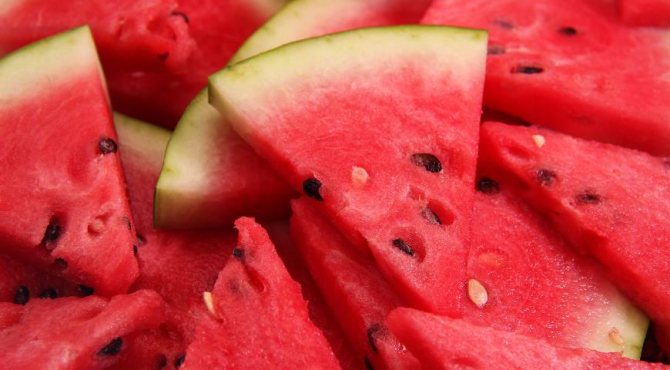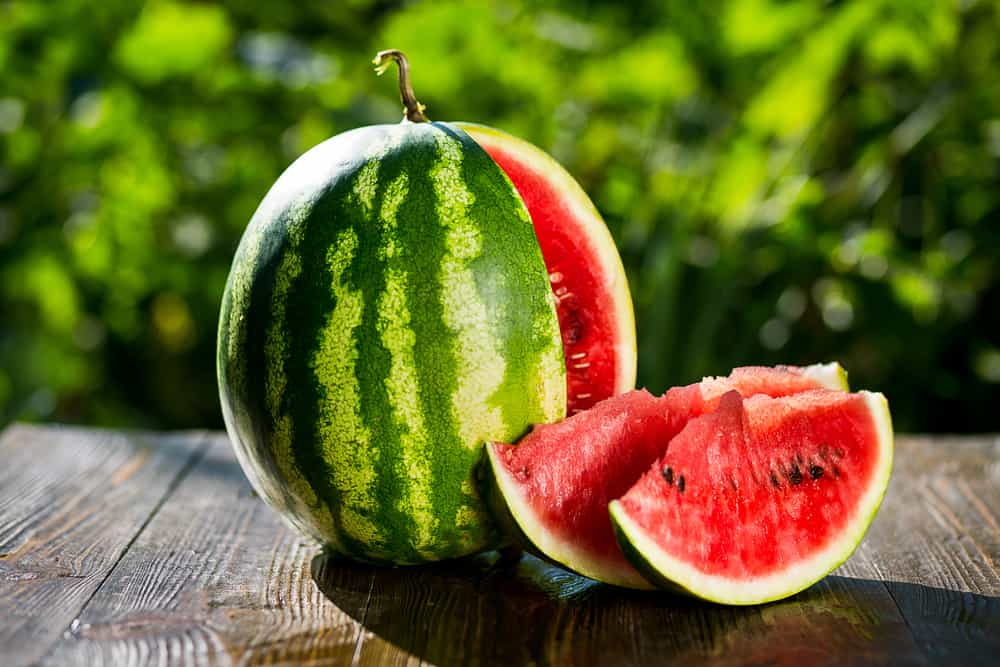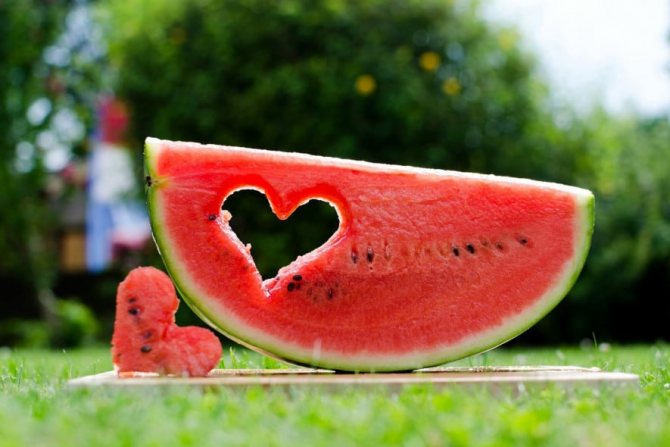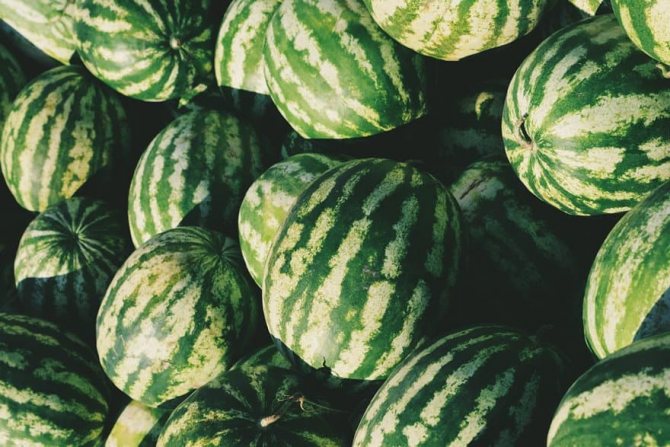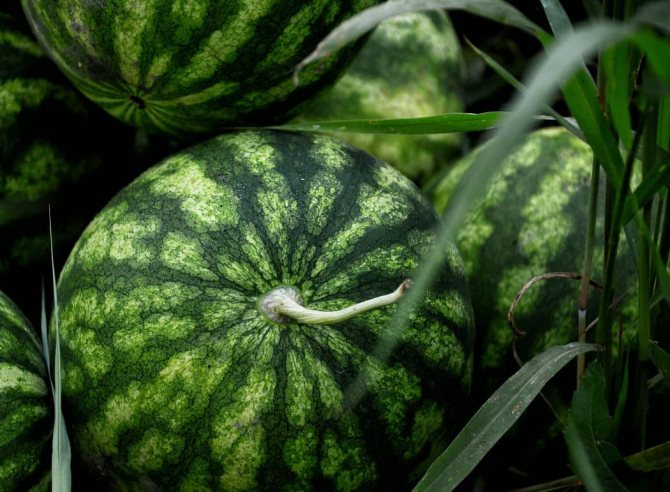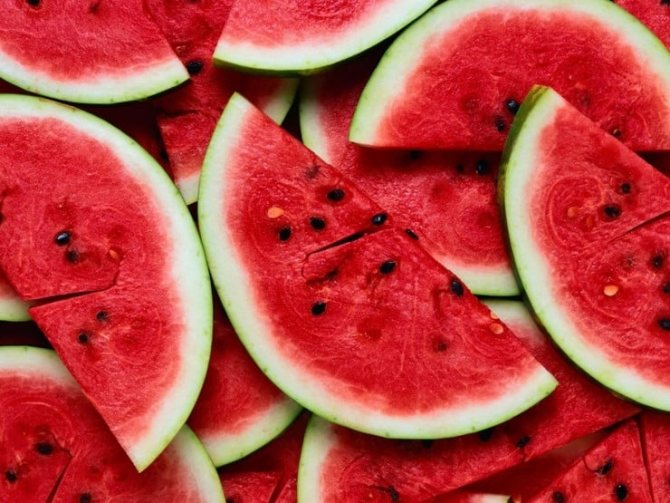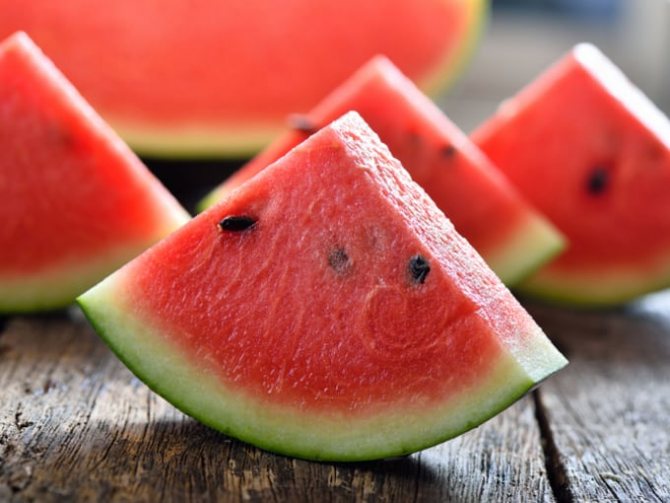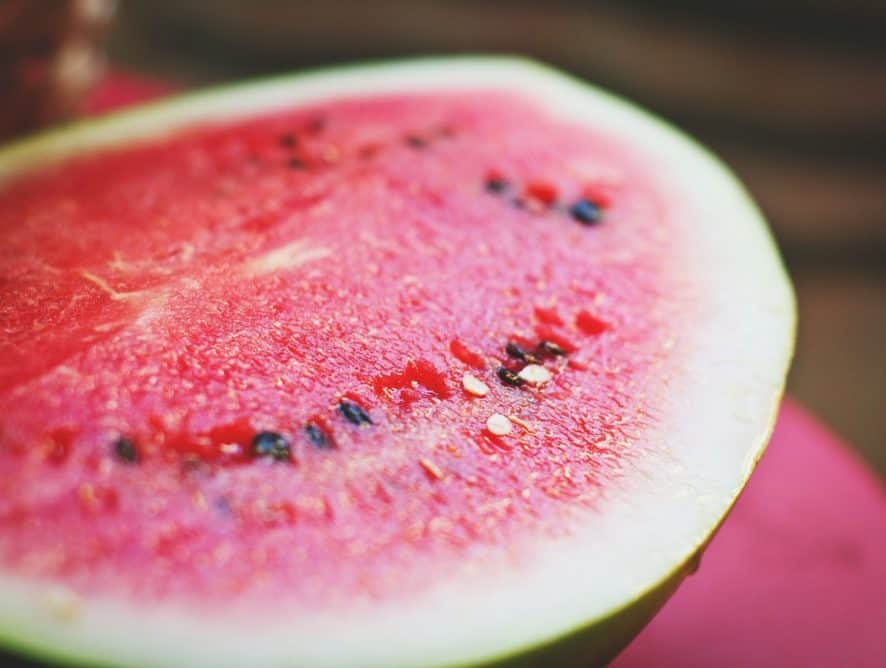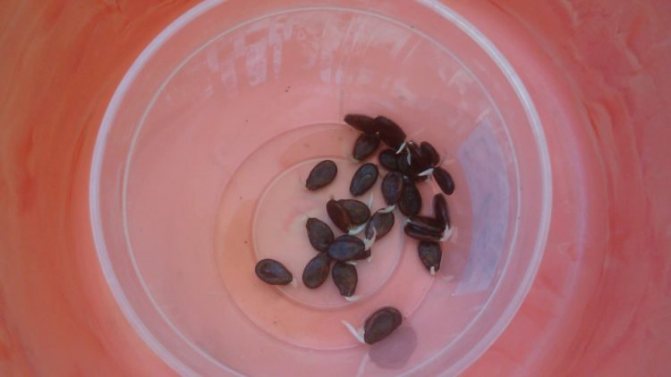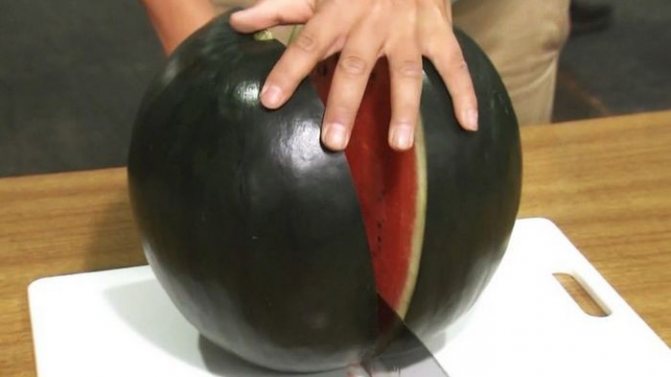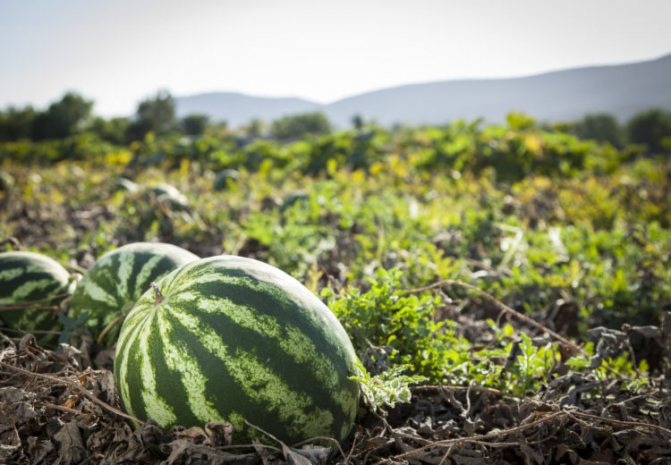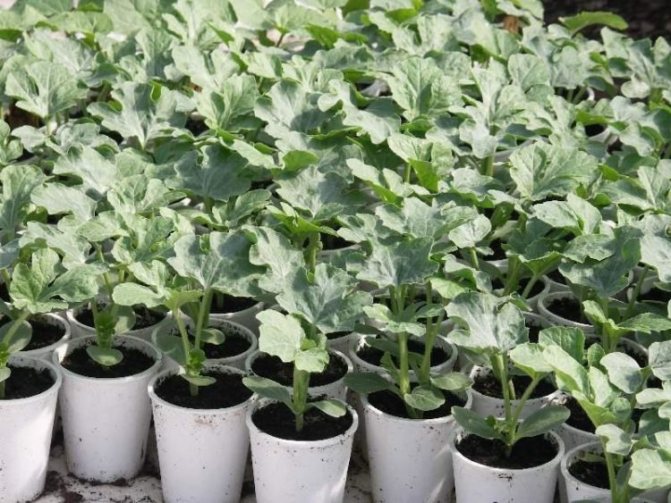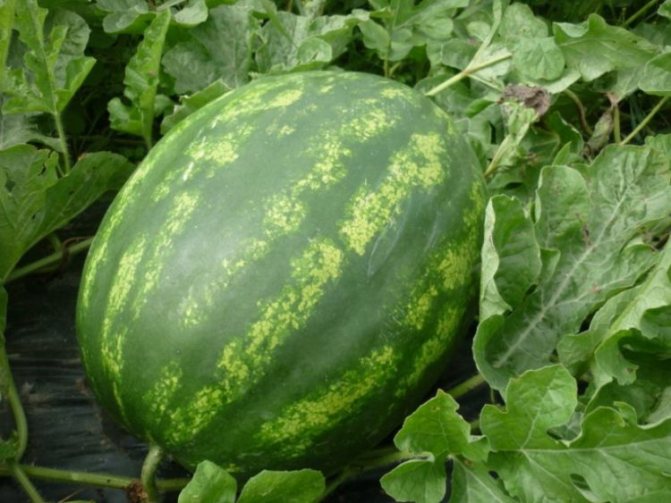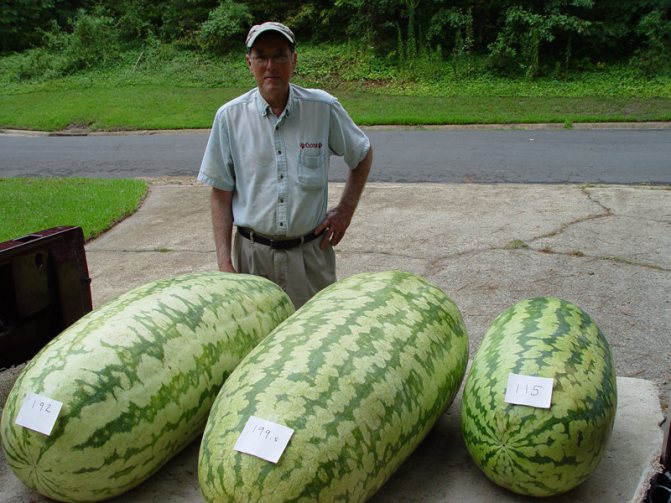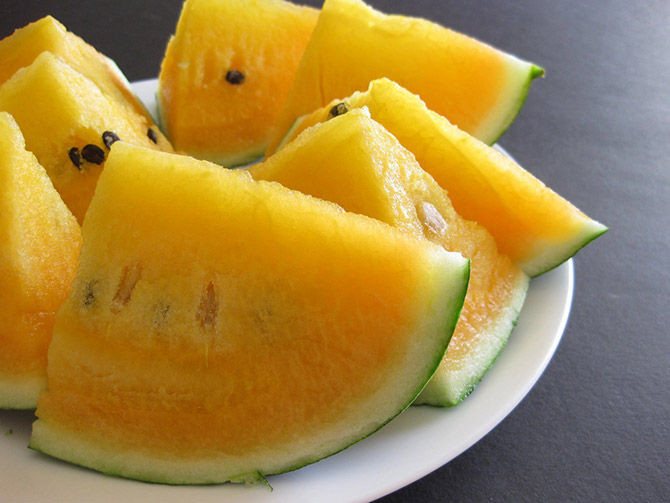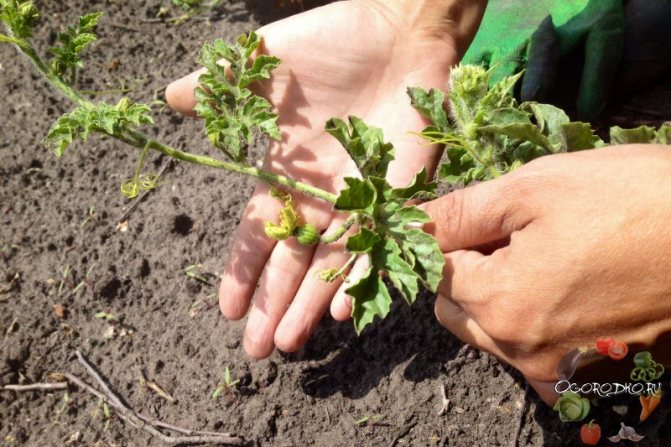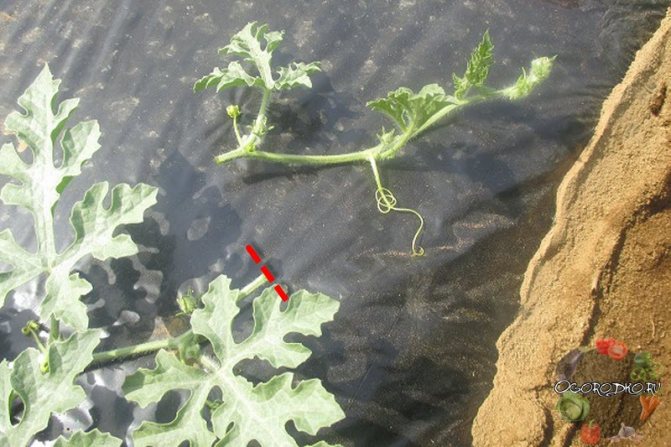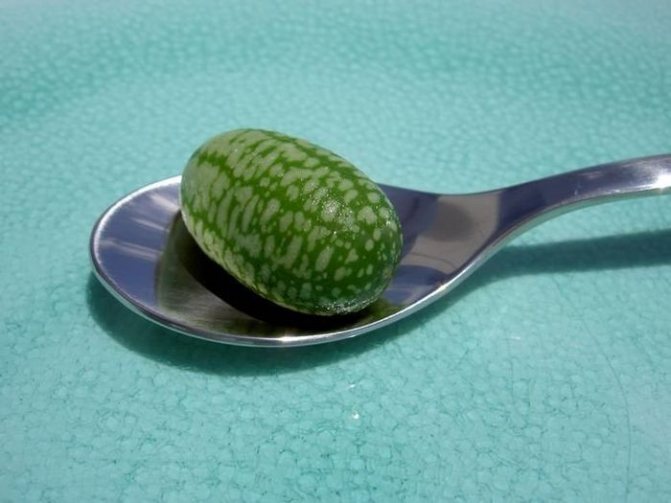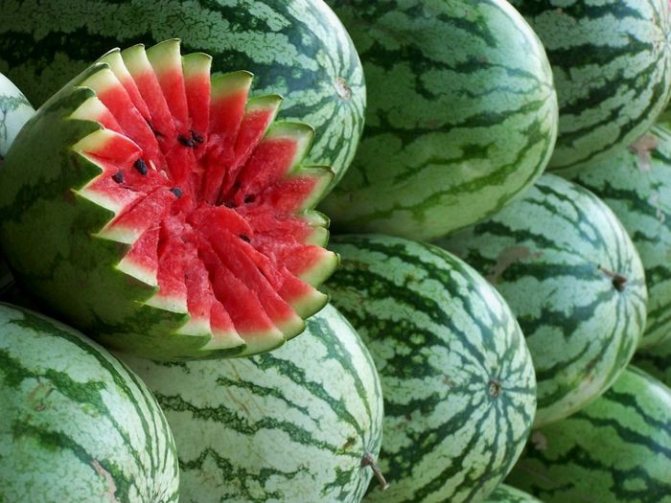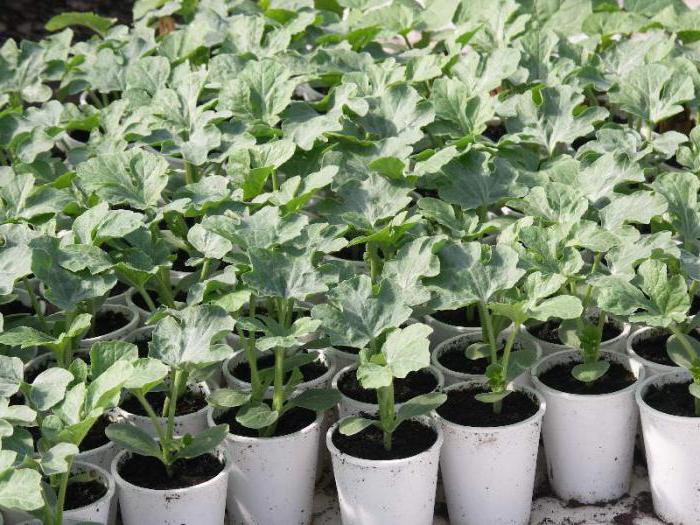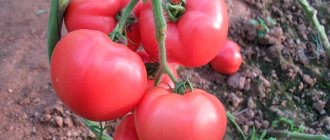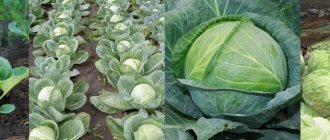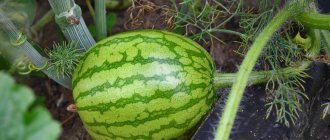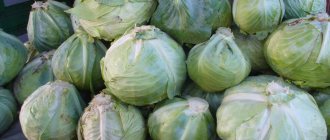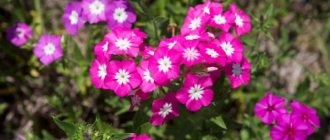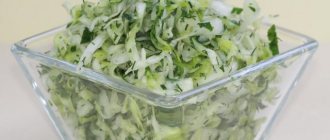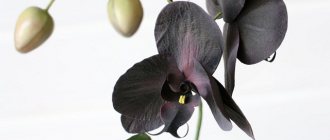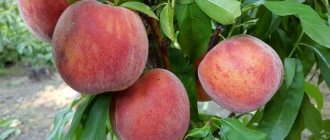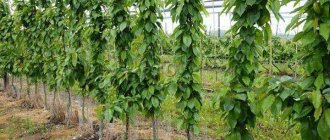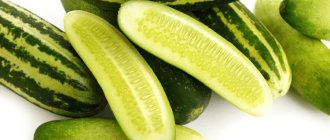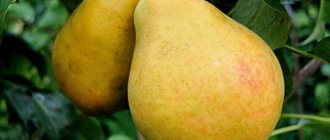The time of growing only familiar crops in the middle lane and in the north has already passed. Modern scientists have bred varieties of watermelon that are almost as good as their southern brothers in taste, although they may be less modest in size.
I have been growing minke whales for more than one year and the first thing I would like to advise is to immediately take the right step for beginners with the right choice of variety. Let's consider the most interesting ones.
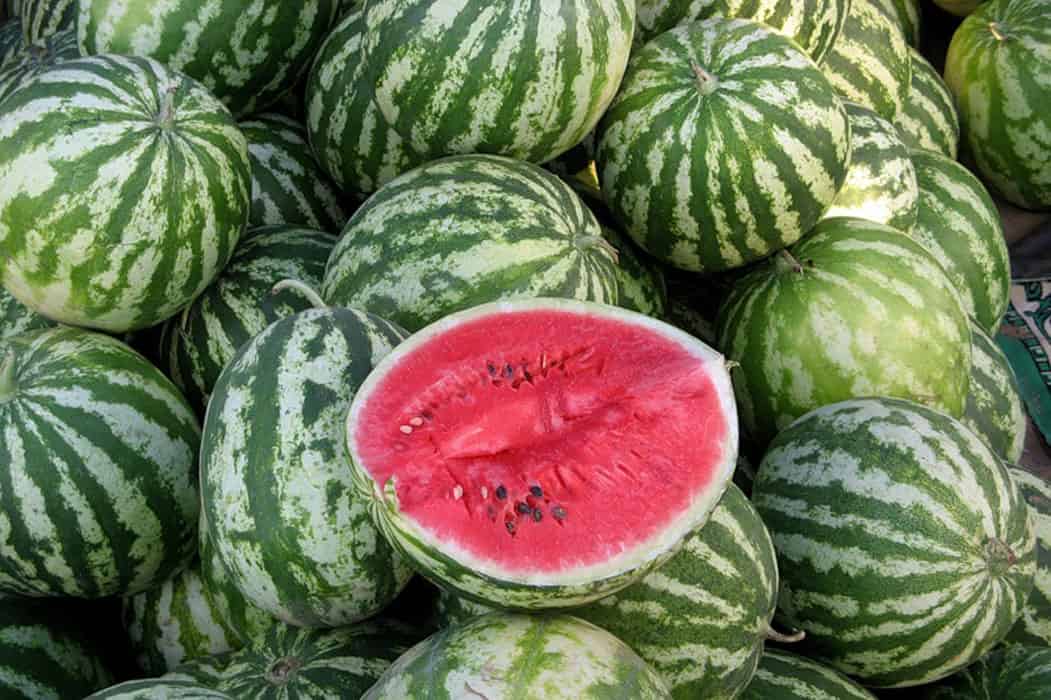
Features and differences of early varieties of watermelon
An important feature that gardeners pay attention to when buying watermelon seeds is early maturity. On the site, if there is free space, early-ripening varieties are necessarily planted, the harvest of which can be harvested already in the middle of summer, without waiting for autumn, to enjoy a delicious berry.
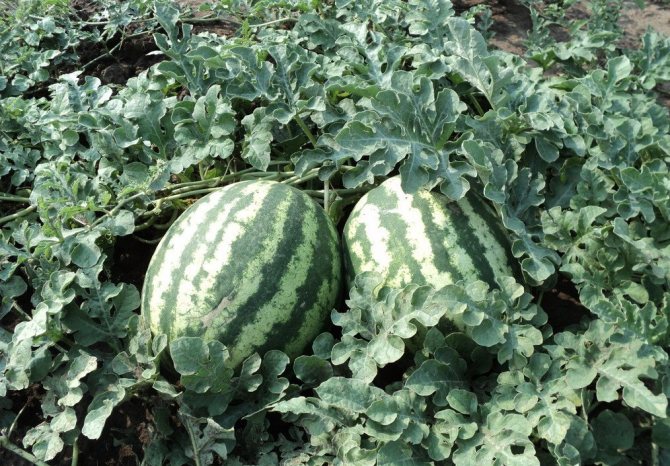

Early varieties, in contrast to later ones, are best planted in greenhouses, especially in the middle zone, when there is a risk of seedlings or seeds dying during sudden temperature changes.
Important! Not all early varieties are suitable for growing in greenhouses, so when choosing seed, read the cultivation recommendations on the packaging.
Early varieties, in contrast to later ones, are more susceptible to diseases, so it is worth considering this issue carefully and taking preventive measures against common diseases in a particular growing region.
Video: How to grow an early watermelon
How to choose a variety according to the ripening period?
Check out these articles as well
- Quail Pharaoh
- Apple variety Bogatyr
- Strawberry variety Albion
- Mineral fertilizers
Depending on the ripening period of watermelons, they can be grown in different areas. For the southern ones, any varieties are suitable, and in the northern ones only early crops bear fruit.
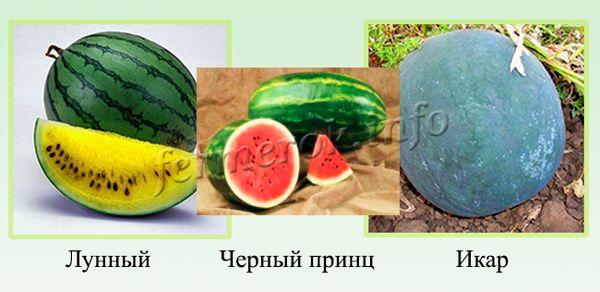

Watermelon varieties by ripening period
- Early varieties of watermelons ripen very quickly in 60-80 days: "Sugar Baby", "Lunny", "Ogonyok", "Zenith", "Prince Hamlet F1", "Regus F1", "Sagi F1", "Sanday Special", Winner 395, F1 Buttercup, Charleston Gray.
- Mid-season varieties ripen in 80-90 days on average. These include: "Black Prince", "Astrakhan", "Volzhanin", "Bykovsky - 22", "Imbar F1", "Delikates F1", "Crimson Sweet".
- Late varieties of watermelons ripen in 90 days or more. These include: "Ikar", "Chill", "Red King", "Favorite farm of Pyatigorsk 286", "Melitopolsky 60".
| Our readers liked the articles: How to grow watermelons in a greenhouse - How to grow watermelons outdoors How to properly plant watermelons with seeds |
TOP 10 best early and ultra-early varieties of watermelons
To make it easier to decide on the variety that is better to plant on your site, consider a list of the best with a detailed description and characteristics.
Gift to the north
The ripening period of the Podarok Sever variety is 75–80 days after seed germination. The yield under the conditions of home cultivation usually does not exceed 10 kg per 1 m²; when cultivated for industrial purposes, yields of 10–12 tons per 1 ha are achieved. Watermelon berries have a rounded-oval shape, peel of medium thickness, with a smooth shiny green surface with light stripes.
We advise you to find out what is the glycemic index of watermelon.
The average weight of a watermelon is 6 kg, but usually the fruits grow larger, weighing more than 10 kg.Watermelons are characterized by crispy and juicy red flesh with a high sugar content. The gift to the north tolerates light frosts well, has a strong immunity to common diseases of melons and gourds.
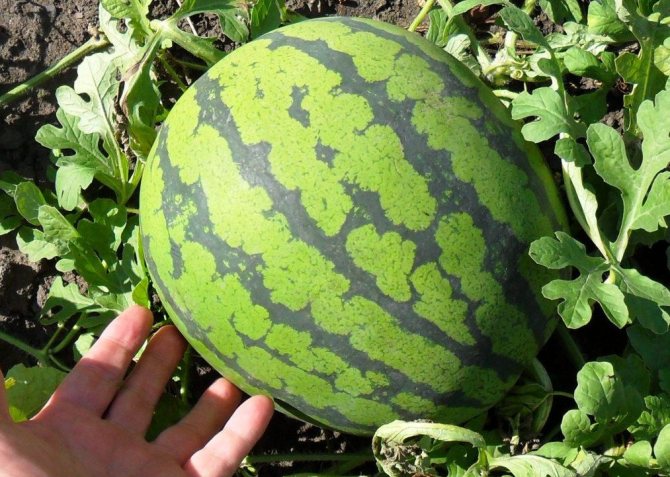

Fire
The full technical maturity of the Ogonyok watermelon occurs 70–80 days after the seeds germinate. The variety is distinguished by increased yield indicators - up to 15 kg from 1 m² if grown in a home garden, and up to 26 tons from 1 hectare when grown on an industrial scale. The berries are round-oval in shape, with a rich green skin and light, barely noticeable, light stripes. The peel is thin, the surface is smooth, matte.
Did you know? The world leader in the cultivation of watermelons is the PRC, annually up to 65 million tons are cultivated in the country.
The average weight of a watermelon fluctuates around 2.5 kg, sometimes watermelons can grow a little more weight. The taste of watermelon is highly rated, despite the fact that it is an early variety, it has a very sweet, juicy flesh. They also note the plant's resistance to common diseases - fusarium wilting and anthracnose, berries normally tolerate a short-term drop in temperature.
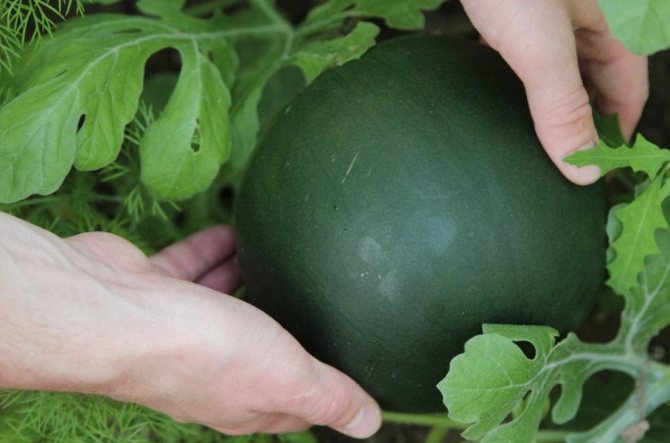

Watermelons of the Ogonyok variety quickly ripen, feel great in the coastal climate, and are resistant to major diseases.
Crimson Ruby F1
The earliest hybrid is called Crimson Ruby F1, it matures sufficiently 55-60 days after germination. The yield is not high - up to 4 kg per 1 m² for home cultivation and up to 7 tons per hectare when grown on an industrial scale. The berries are oval, slightly flattened at the ends. The rind is thick, dense with a smooth, shiny surface. The rind is green with light stripes.
It will be interesting for you to read about the properties of watermelon for men.
One watermelon weighs 10-12 kg on average. The pulp is juicy, high in sugar, has a red color and pleasant crunch. The characteristics of the hybrid contain information about high immunity to the main diseases of melons, especially resistant to Fusarium Crimson Ruby F1.
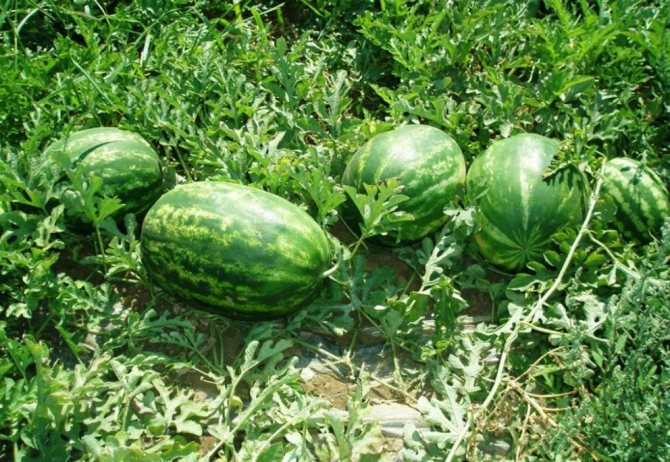

Farao F1
Farao F1 refers to hybrids that ripen 80–85 days after seed germination. The yield is about 5 kg per 1 m² for home cultivation and up to 8 tons per 1 ha for industrial cultivation.
Also learn how watermelon affects the intestines.
Fruits are oval-elongated, dark green in color with light stripes. The rind is thick, dense, shiny and smooth. The weight of one watermelon reaches an average of 11-15 kg, sometimes huge berries grow, weighing up to 30 kg. Watermelon has a sweet pleasant taste, not sugary, with a rich red, non-fibrous pulp. The variety is highly resistant to fusarium and anthracnose.
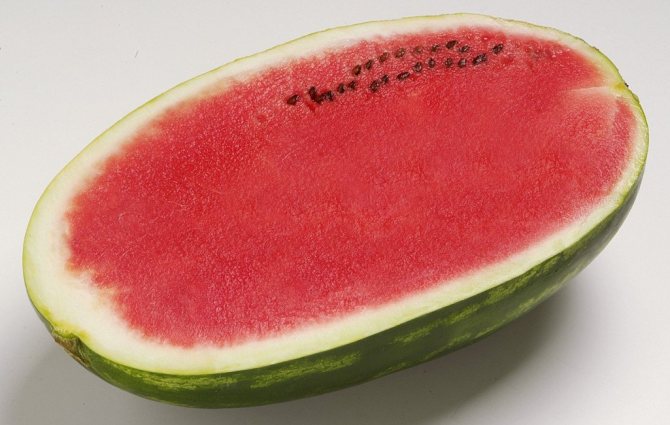

Ataman F1
The ripening period of the Ataman F1 hybrid falls on 80–90 days after germination. The amount of harvest that can be harvested at home is 6-10 kg per 1 m². When cultivated on an industrial scale, yields are achieved with an indicator of 10-15 tons per hectare.
Learn more about growing watermelons of the Ataman F1 variety.
The berries are distinguished by an oval shape with a thick, smooth green skin, which is covered with stripes of a light shade. Each fruit weighs at least 10 kg, more often from 15 kg. The taste is pleasant, sweet, juicy pulp, rich red color. The variety is characterized as resistant to anthracnose and fusarium.
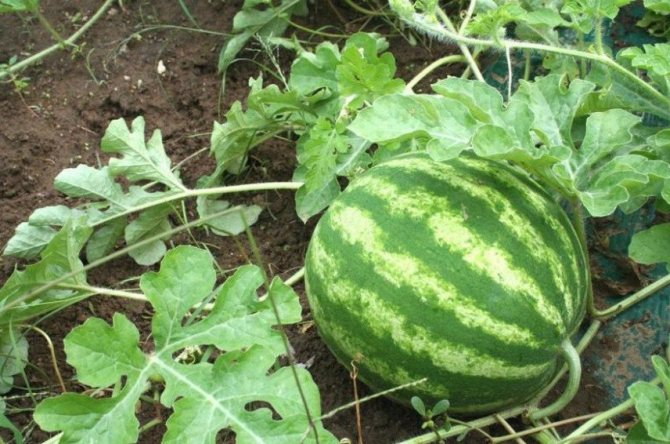

Top Gun
The Top-Gan hybrid ripens in 75–80 days, from the moment the first shoots appear on the garden bed. The yield depends on the observance of the cultivation technique, usually when cultivating in a home garden, up to 17 kg per 1 m² are harvested, when cultivated for industrial purposes - up to 20 tons per hectare.
We advise you to learn about the peculiarities of growing and caring for Top Gun watermelon.
Watermelon berries are characterized by an oval shape, dense and thick skin, colored green with small stripes of a lighter shade. The weight of one fruit ranges from 8-10 kg, sometimes up to 15 kg.The pulp is juicy, sweet, crunchy and has a light watermelon aroma. Feature of Top-Ghana is excellent immunity to anthracnose and fusarium.
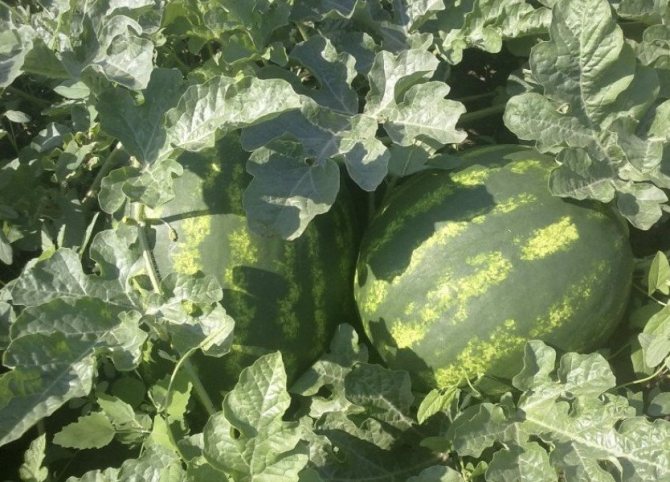

Sweet diamond
An early ripening sugar variety that ripens 65–75 days after seed germination. Differs in high yield - up to 15 kg per 1 m² for home cultivation and 20 tons per 1 ha for industrial cultivation.
Did you know? The largest watermelon in the world was grown in 2013 by an American farmer from Tennessee, the weight of the fruit was 156 kg.
The fruits have a rounded, slightly elongated shape, are distinguished by the presence of a thin peel of a dark green color with stripes of a light shade. One watermelon weighs on average up to 6 kg, sometimes larger berries grow - up to 8-10 kg. The pulp is crispy and juicy, rich red, has a sweet pleasant taste. The variety has a high immunity to anthracnose.
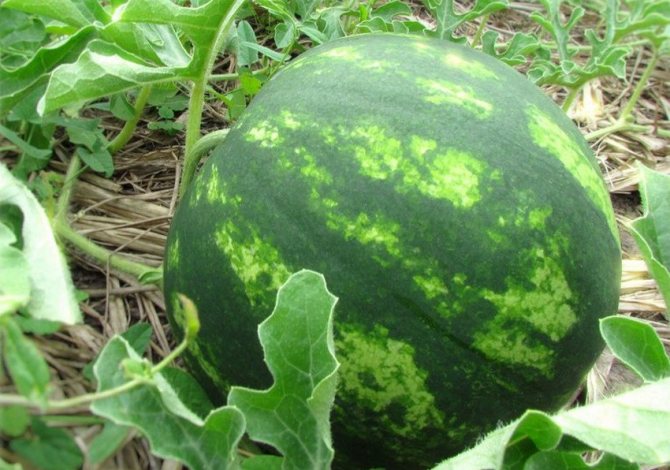

Nice
Watermelon Nitsa has the characteristics of an early variety; after seed germination, it takes only 70–75 times to harvest. The variety is high-yielding, with about 17 kg of fruit being harvested from 1 m² at home. On an industrial scale, it is possible to cultivate up to 30 tons per hectare.
It will be useful for you to read about the amount of sugar in watermelon, its composition and properties.
Fruits are elongated, rounded, green in color with a lot of light stripes. The rind of the watermelon is thin but strong and protects well the juicy red sweet pulp from damage. The weight of one fruit is on average 5-6 kg.
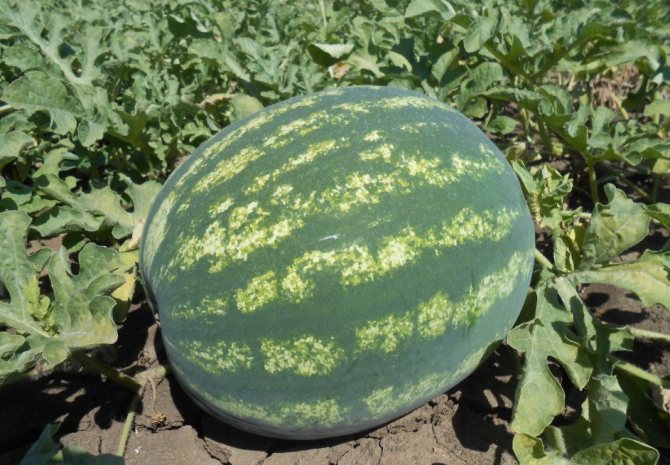

Sugar Lightning F1
An ultra-early hybrid is the watermelon Sugar Lightning F1, the ripening period is 60–70 days after seed germination. Sugar Lightning F1 has a good yield, at home you can harvest up to 10 kg per 1 m², with industrial cultivation - up to 15 tons per hectare.
The most seedless
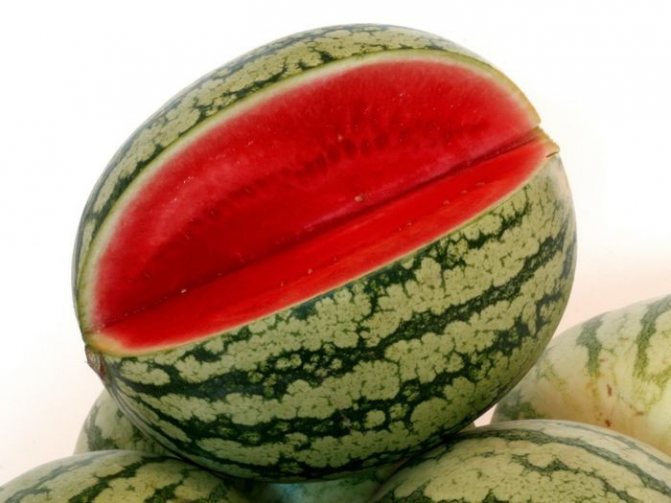

0
An indispensable component of a typical watermelon is its seeds. For many, spitting them out is an integral part of the ritual of eating a treat. But not for everyone! It is probably for those who are annoyed or tired of extracting seeds from the pulp that the seedless variety "King of Hearts" was bred. The danger of choking on a seed, of course, disappeared, but along with it, it seems, the charm of the moment of family unhurried gatherings disappeared. A huge dish in the center of the table, around - happy faces, smeared to the ears with watermelon juice ... Beauty!
Features of care and cultivation of early maturing varieties
Watermelons belong to unpretentious melons and gourds, but still require minimal care to obtain a high-quality rich harvest. Plants tolerate drought well, so regular watering is not required, provided there is abundant natural rainfall.
Important! A large amount of moisture in the soil makes watermelons less sweet and tasty, they quickly rot and are poorly stored
.
Over the entire growing period, with a lack of rain, watermelons are watered 4 times:
- during the active growing season;
- during the flowering period;
- during the formation of the ovary;
- during the active growth of fruits.
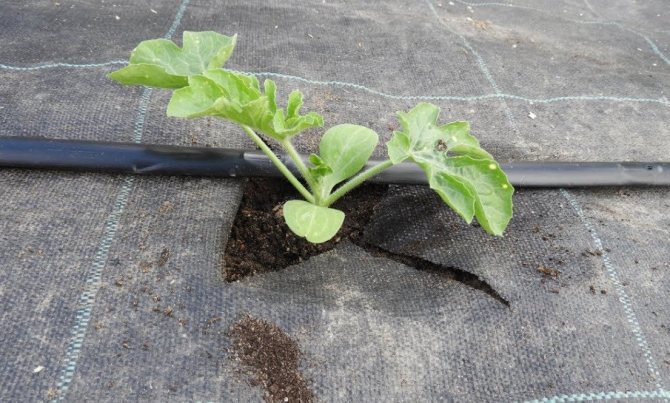

An excess of liquid in the soil has a bad effect on the plant, it can provoke rotting of leaves, shoots and roots or cracking of fruits if you water the bush during the ripening period of watermelons.
It is necessary to pay special attention to feeding watermelon bushes to increase yield and fruit size. Top dressing should be applied twice:
- 14 days after germination of seeds, a solution of ammonium nitrate (20 g per 10 l of water) is introduced into the soil. Each bush is watered with a nutritious mixture, 2 liters at the root;
- during the period of active formation of the ovary, a nutrient mixture is introduced: calcium chloride (4 g), ammonium nitrate (4 g), superphosphate (6 g) per 1 m², pouring abundantly with water.
We recommend reading more about the methods and rules for feeding watermelons.
In addition to watering and fertilizing, the formation of bushes is carried out so that the plant spends the main forces and nutrients on the formation and growth of fruits.The bush is formed immediately after the appearance of the first ovary.
There are 2 ways to grow watermelons:
- in one lash, in the case of growing large-fruited varieties - remove all lateral shoots. No more than 3 fruits are left on the main shoot, the rest are removed. The main stem is pinched, leaving 3 leaves from the place of formation of the ovary;


- in several lashes - the main stem is shortened at the level of 4 leaves after the ovary. The side lashes are pinched, tearing off a part of the shoot up to 5 cm long. Up to 3 strong shoots should be left on the bush, the rest should be removed, leaving a small "stump" of 3 cm, which will prevent the growth of new lashes. The shoots that have been pinned are carefully examined, 1 fruit is left on each, choosing the largest and healthiest in appearance.
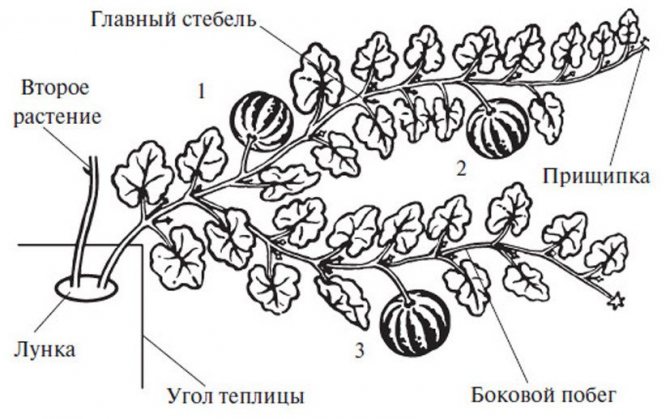

Disease resistance of early varieties is different, moreover, they are often affected by all kinds of pests, so we will consider how to treat plants from common diseases and keep the crop from pests.
Read more about the types of diseases and pests of watermelons.
Diseases that most often affect early ripening varieties of watermelons are:
- powdery mildew - has a fungal nature of origin, covers the leaves and whips with a white coating, causes deformation, unpleasant taste and decay of the fruit. It is necessary to deal with the problem with the preparation "Karatana FN57" or its analogues, according to the instructions on the package;


In the absence of timely treatment, powdery mildew can lead to the death of even an adult watermelon - olive spot - a bacterial disease, which manifests itself in the form of olive-gray spots on the fruits, which soon begin to rot. It is necessary to deal with the problem by treating the plant with "Fundazol", according to the instructions;
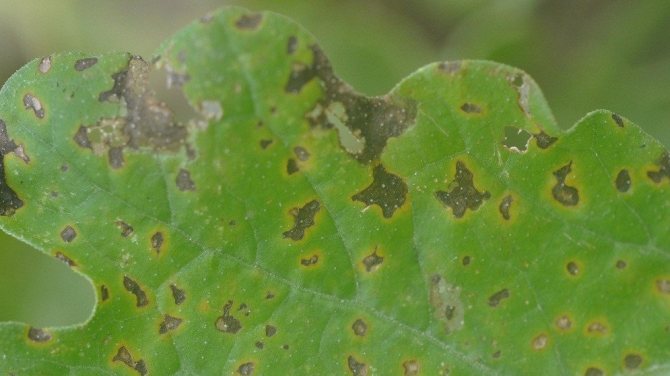

- anthracnose - a bacterial disease, which causes the appearance of copper, brown and gray spots on all parts of the plant, causes deformation and a change in the taste of the fruit. To combat the problem, use a 1% solution of Bordeaux liquid or the drug "Kuprozan", according to the instructions.
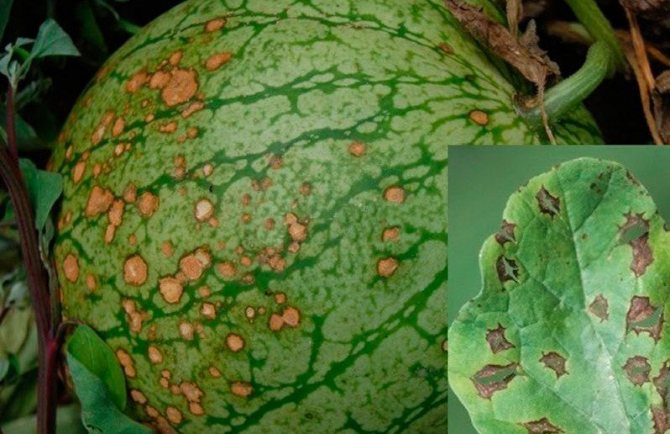

Anthracnose affects the entire plant.
Among the pests that are often found on the watermelon garden, there are:
- melons aphids - a small insect that affects the shoots of a plant, does not allow green lashes and leaves to develop normally, feeding on their juice, therefore, it minimizes yield and can cause the death of the plant. To combat aphids, use the drugs "Fufanon", "Iskra", "Commander", according to the instructions;
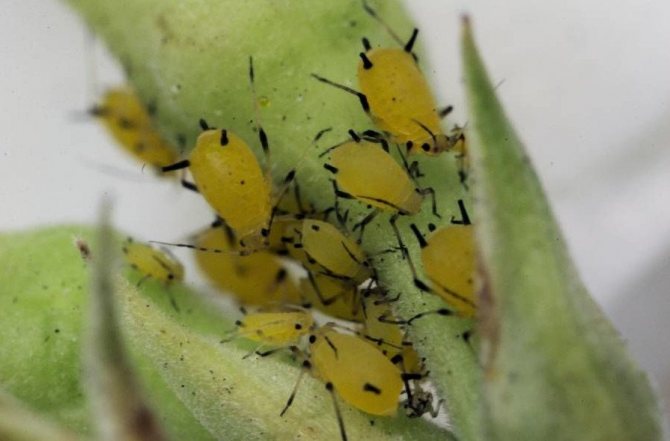

- spider mite - a small insect that feeds on the sap of the leaves and shoots of the plant, depletes the bush and causes the ground part to completely dry out. To combat the pest use the drug "Fitoverm", according to the instructions.
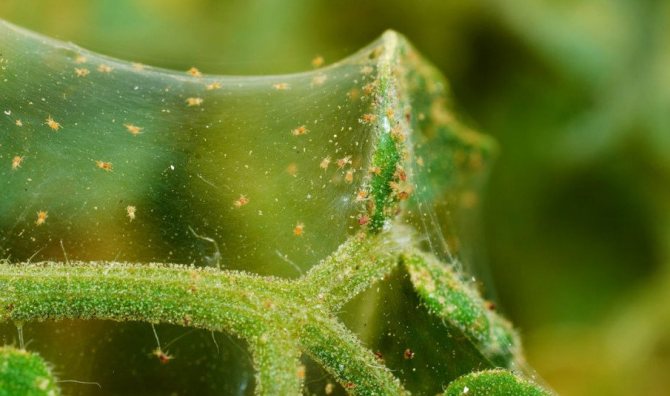

Harvesting and storage
It is necessary to collect early ripening varieties of watermelons, according to the terms indicated on the package with the seed material that you purchase for planting. Harvesting is carried out as each fruit ripens, the intervals between harvesting periods can be from several days to 1-2 weeks.
The main signs of a ripe fruit are:
- cessation of fetal growth;
- the presence of a yellow spot in the place of contact with the soil;
- shrunken antennae that grow next to the peduncle;
- characteristic crackling when squeezed by palms, which is emitted only by ripe berries;
- the disappearance of matte plaque from the surface of the peel
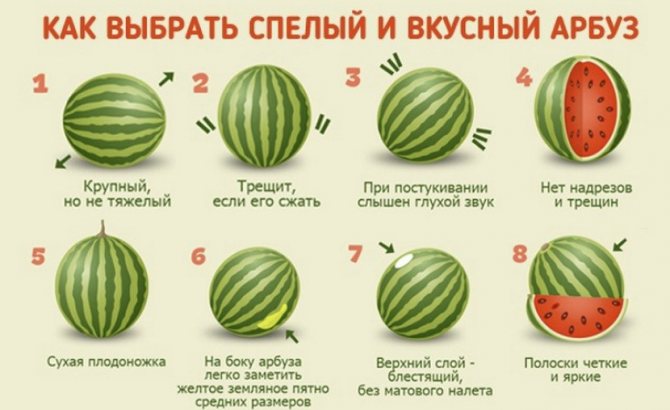

It is impossible to collect semi-ripe fruits in the hope that they will ripen during storage. Watermelons are not able to ripen during storage, as melons, for example. It is necessary to harvest the fruits at the stage of technical maturity, not leaving them in the garden until they are fully ripe. Fully ripe fruits are suitable only for consumption for 1 month, then they become soft, the taste deteriorates.
It is necessary to separate the watermelons from the lashes using a sharp knife, leaving a part of the stalk up to 5 cm in size. It is necessary to store watermelons at a temperature of +1 to + 3 ° C and an air humidity of about 80%. In such conditions, the fruits can be stored without loss of taste and appearance for 3 months. A suitable place for storage is cold rooms or a cellar with shelves, the shelves of which are lined with straw or dry peat. It is necessary to lay the fruits in 1 layer, keeping a distance of 5 cm between each watermelon.
Important! For better preservation and prevention of diseases, it is recommended to process the fruits with 25% milk of lime or chalk.
Thus, the yield and taste of fruits, with the right choice of a variety of early ripening, can be no worse than late-ripening watermelons, and you can enjoy delicious pulp already in the middle of summer. To grow high-quality fruits, it is necessary not only to choose the right variety, but also to take into account the peculiarities of plant care, which are described in detail in the article.
Watermelon ripening time - when to harvest from the garden?
The time it takes to reach ripeness is determined solely by the characteristics of the variety itself. Basically, the growing season lasts at least 65 days. Accuracy is absolutely uncharacteristic for nature, therefore, focusing on the standards, you should conduct analytics yourself. The main signs of fruit ripeness:
- The tendrils near the fruit are withered;
- With a slight squeezing of the fruit, the peel gives a signal of ripeness as a crackle;
- When tapped on the peel, the fruit makes a dull and deep sound;
- The fruit springs up with pressing movements.
Fruits should be picked as they ripen, gently picking them together with the footboard. For this, it is advisable to choose a dry warm day. As a rule, September is considered to be the period of mass harvesting, until the rains and cold began. Storage of fruits involves the preservation of watermelon in rooms with a temperature of 6-8 ° C. It is advisable to place the crop in special vegetable stores with a dry floor.
Now you know, dear readers, how to grow a watermelon and always be with the harvest, regardless of climatic conditions. Good harvests to you!

